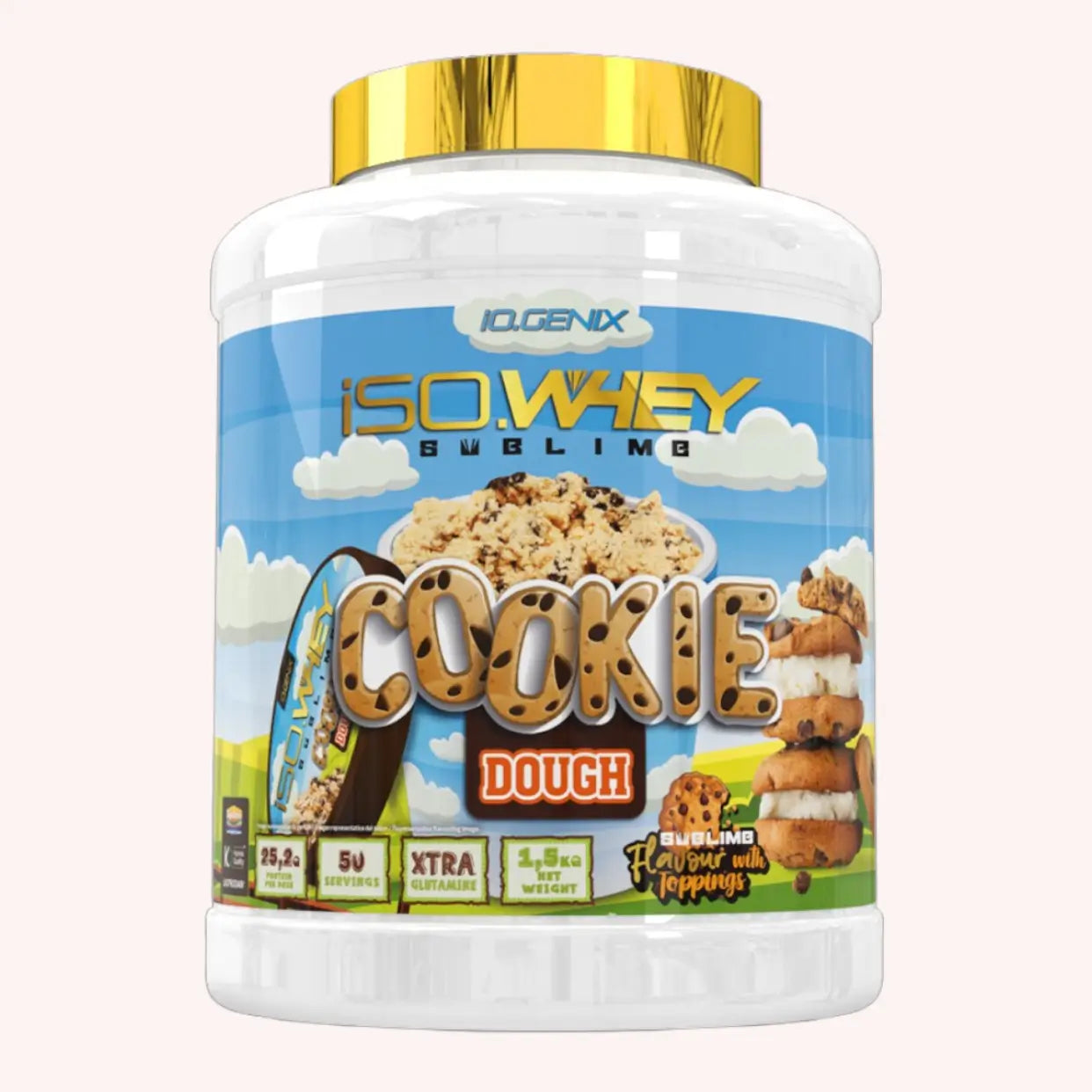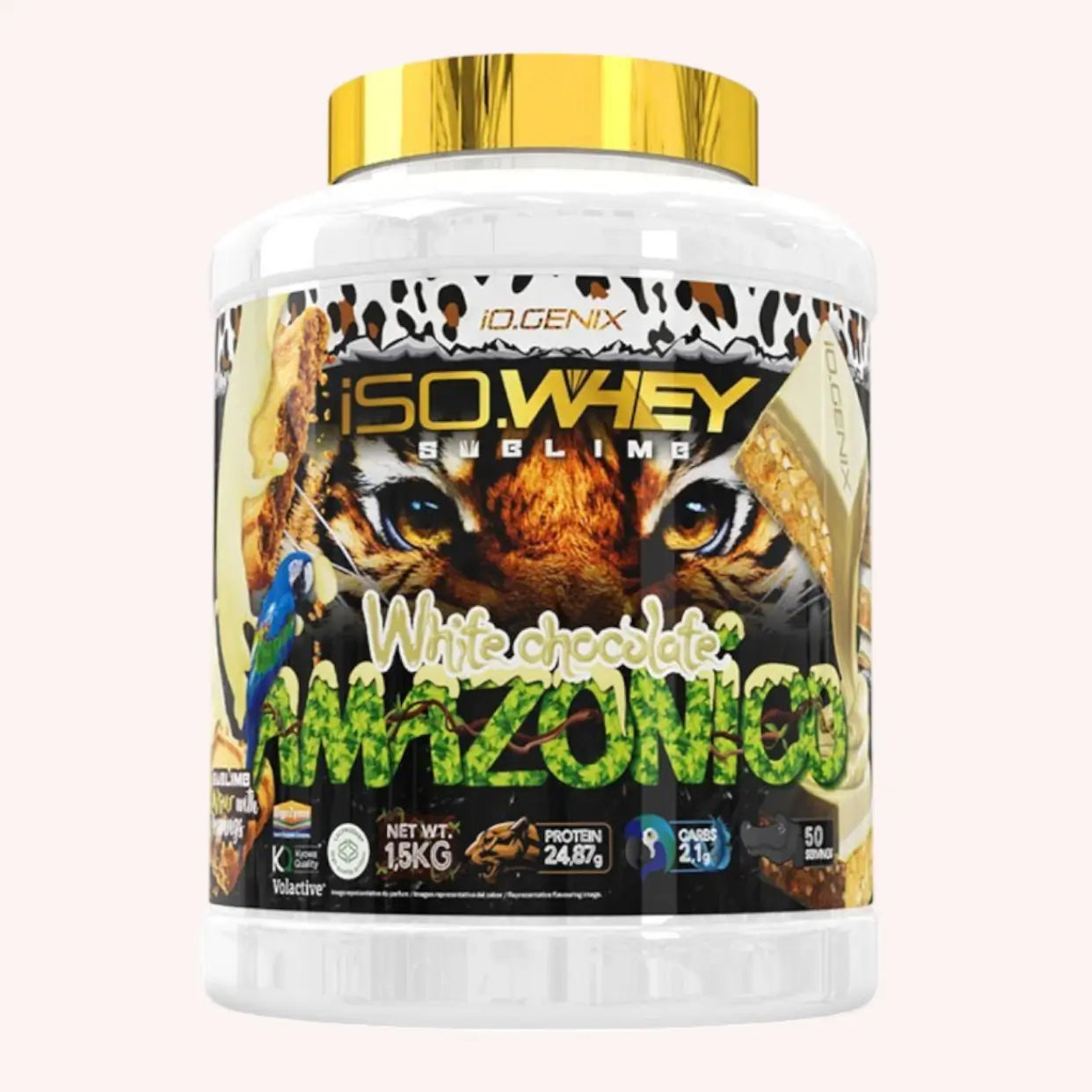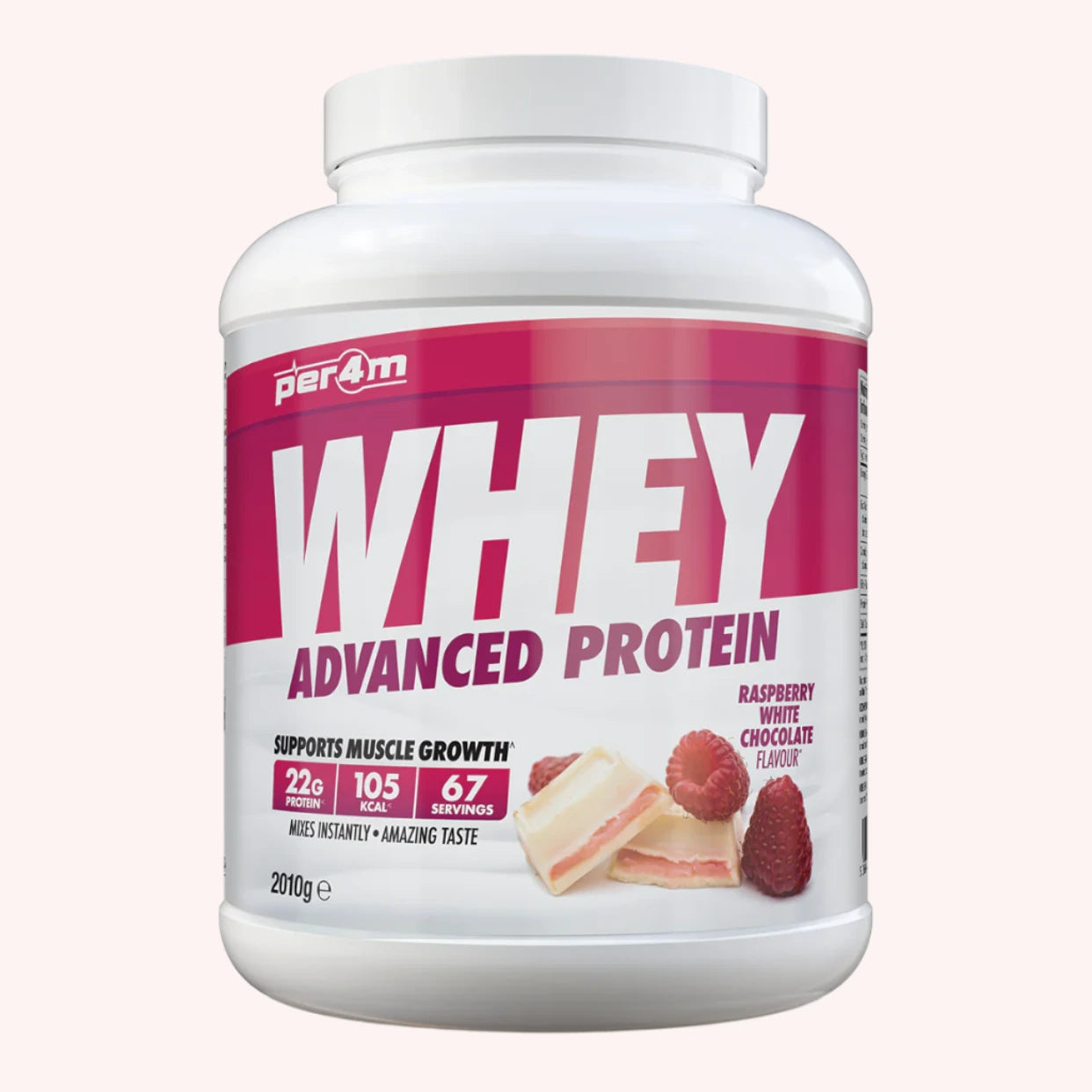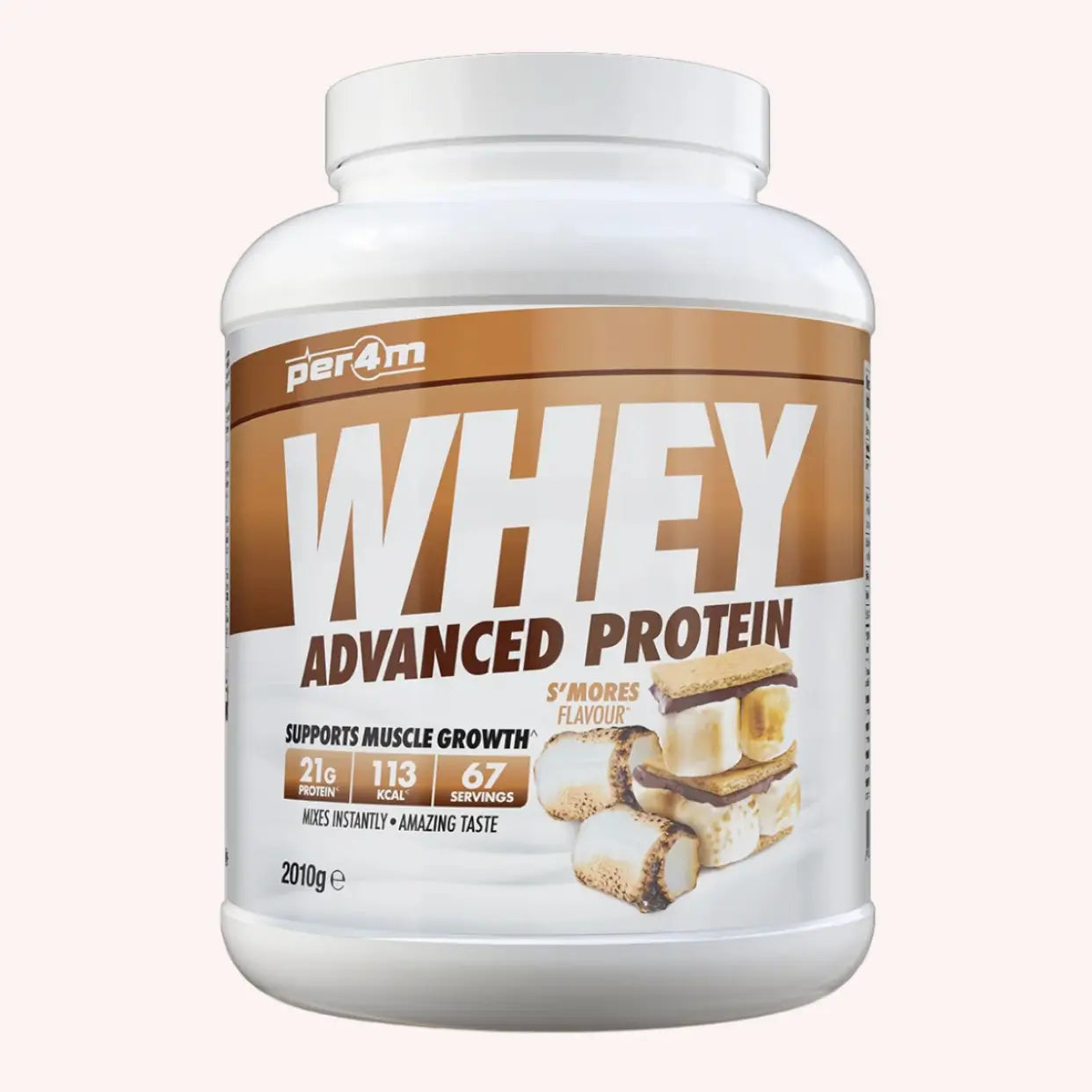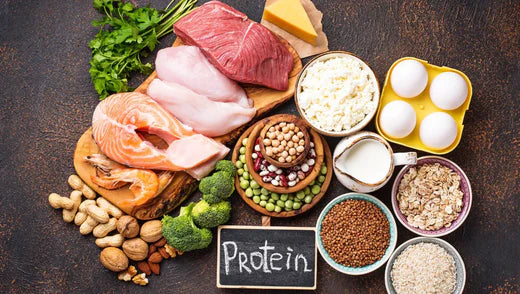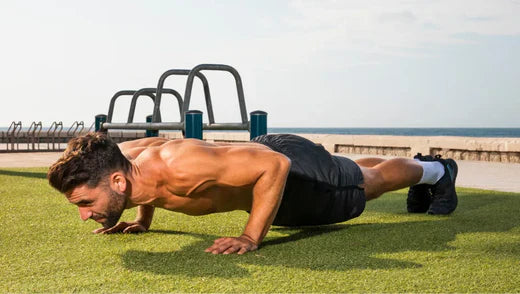The quest for a flat stomach and a well-defined abdominal belt remains one of the key objectives of fitness and bodybuilding practitioners.
Faced with this ambition, a question often comes up: Should we focus on classic abdominal exercises or focus on core strengthening? These two approaches offer distinct benefits, but their effectiveness depends on your goals, your practice, and your bodybuilding sports nutrition program.
Let’s discover together the particularities and advantages of each method, and how to integrate them into your routine.
Abs and core training: Two methods, two objectives

Classic Abdominal Exercises
Traditional ab exercises, like crunches or leg raises, focus on repetitive movements that primarily target the rectus abdominis muscle. These exercises are great for directly targeting visible abs and can be done with or without equipment.
Benefits of Abs
- Direct targeting: Traditional abs allow you to specifically work the visible muscles of the abdominal strap .
- Variety: With equipment like dumbbells or machines, intensities can be adapted.
- Adaptability: Easy to integrate into any strength training session.
However, abs alone are not enough to get a sculpted stomach. A balanced diet, possibly accompanied by whey or protein powder , is essential to reduce abdominal fat and reveal the muscles worked. If you are wondering how to get abs , the secret lies in a combination of training, nutrition, and consistency.
Gainage: A global approach
Unlike dynamic abs, core exercises rely on static muscle contractions. These exercises, like the plank, work a wide range of muscles, including the obliques, transverse abdominis, and lower back muscles.
Strengths of Gainage
- Overall work: By strengthening the entire core, core strengthening improves posture and reduces the risk of injury.
- Increased stability: Essential for performance in other strength training exercises.
- Versatility: Gainage requires no equipment and can be practiced anywhere.
So, for those who regularly practice squats, deadlifts or cardio exercises, core strengthening is an essential ally. It allows for better transfer of force between the upper and lower body , promoting optimal performance.
Abs or core strengthening: Which exercises should you choose?
Abdominal Exercises to Incorporate
Here are some must-do exercises to target your abs:
- Classic Crunch: Ideal for the rectus abdominis .
- Hanging Leg Raise: Works the lower abs.
- Bicycles: A great move for the obliques.
You can maximize your sessions by adding accessories like an ab wheel or weights. For those wondering how many times a week bodybuilding , three to four well-structured sessions are enough to progress while avoiding overtraining.
The essential sheathing variations
Gainage can be broken down into several exercises to vary the stimuli:
- Belly board: The basis for working the entire core.
- Side Plank: Strengthens the obliques and slims the waist.
- Dorsal bridge: A complement for the posterior muscles.
To increase the difficulty, you can incorporate dynamic movements such as the plank with leg lift or accessories such as the Swiss ball. These adaptations help develop both strength and balance.
How to integrate abs and core training into your program?
Ideally, you should incorporate both dynamic ab exercises and core strength training into your routines. Here's an example of a balanced program:
- Dynamic warm-up: (5-10 minutes).
- Dynamic abs: Three sets of 15 to 20 repetitions.
- Gainage: Hold positions for 30 seconds to 1 minute, gradually increasing the duration or difficulty.
- Stretching: To promote recovery.
Remember that the effectiveness of your training also depends on your diet. Supplementing with whey or a sports food supplement can help you cover your protein needs, especially after an intense session.
The Role of Nutrition in Building Abs and Core Strength Training
To achieve optimal results, training alone is not enough. Proper nutrition plays an important role, especially for those looking to lose belly fat while strengthening their core.
Protein: The pillar of your sports nutrition
Protein is essential for muscle recovery and maintaining a strong core . If you're not getting enough protein through your daily diet, options like protein powder or whey can be a great alternative.
- Whey : Quickly assimilated, ideal after training.
- Protein powder : Perfect for supplementing your intake throughout the day.
The Importance of a Controlled Caloric Deficit
To reveal your abs, reducing body fat is essential. Adopting a balanced approach by combining a calorie-controlled diet and regular physical activity is the key to success. Supplements such as bodybuilding sports nutrition can help you achieve your goals more effectively.
Abs or core strengthening: Which should you choose depending on your goals?
Choosing between traditional ab exercises and core training depends on your specific goals, your fitness level, and the amount of time you can devote to training. Here's how to guide your choice to achieve your ambitions.
1. For a flat stomach and defined muscles
If your main goal is to achieve a flat stomach and visible abs , the combination of traditional abs and core training is ideal. Abs, like crunches or leg raises, directly target the visible muscles of the abdomen ( rectus abdominis ). However, to maximize their effectiveness, it is essential to reduce abdominal fat through a controlled calorie deficit , coupled with a regular sports routine.
The sheathing, in addition, plays a key role in strengthening the deep muscles such as the transverse, which acts as a natural sheath to refine the waist and maintain good posture. Combining these two types of exercises allows you to work the depth and surface of the abdominal belt for a harmonious result.
Remember that nutrition is fundamental: Integrating quality proteins, such as those from whey or protein powder , promotes recovery and muscle building.
2. For better posture and stability
Core strengthening is the exercise of choice to improve posture and stability. By engaging the entire trunk (abdominals, lumbar muscles, obliques), it strengthens the stabilizing muscles essential for good body alignment. This overall work also helps prevent muscle imbalances and pain, particularly in the lower back .
If you spend a lot of time sitting or if you practice sports requiring postural control (swimming, running ), focus on sessions focused on frontal, lateral and dorsal strengthening. These exercises, easy to do without equipment, provide long-term benefits, even outside of training.
3. For increased performance in bodybuilding
For strength training enthusiasts looking to increase their performance, integrating abs and core training is essential. Dynamic abs build power and allow for better execution of complex exercises like squats or deadlifts by supporting the abdominal belt .
Core strengthening, on the other hand, improves the transmission of force between the upper and lower body , which is essential for maximizing your performance on multi-joint exercises. For example, a well-mastered plank helps stabilize the body during a bench press or an overhead press. Alternate between the two types of exercises to build a solid and functional base.
Common mistakes to avoid
Getting visible abs or strengthening your core requires discipline and a thoughtful approach. However, some mistakes can jeopardize your progress or even cause injury.
1. Overtraining
Like all other muscle groups, the abs require recovery phases to rebuild and strengthen. Working the abs every day can lead to excessive fatigue, limit muscle gains, and increase the risk of injury. Ideally, plan 2 to 3 sessions per week , alternating between abdominal exercises and core strengthening.
2. Poor execution
Incorrect technique can not only reduce the effectiveness of exercises, but also cause pain, especially in the lower back . For example:
- When doing crunches, avoid pulling on the back of your neck to avoid stressing your cervical vertebrae.
- During the plank, maintain a straight line between the head, hips and heels, without letting the hips sag or rise. Investing time in learning proper posture is essential to maximize results and prevent injury.
3. Ignoring nutrition
Even with the best training program, results will be limited if your diet is not adapted. Abs are shaped in the kitchen: Reducing body fat is essential to make them visible. A diet rich in quality proteins, such as whey or other sports supplements , promotes recovery and muscle definition. Combine this with a balanced intake of carbohydrates and fats to support your performance and energy.
In summary, the choice between abs and core training depends on your priorities, but these two methods are complementary. Whether for aesthetic, functional or performance goals, integrating both into your program, while avoiding common mistakes, will allow you to achieve your goals more quickly and effectively.
Abdominal exercises and core strengthening are complementary to develop a strong and functional abdominal strap . Incorporating both into your training program, while respecting a balanced and protein-rich diet, is the most effective strategy to achieve your goals. Finally, if you want to optimize your results, consider exploring solutions such as whey , protein powder , and sports supplements .
With consistency and discipline, well-defined abs and stable posture will only be a matter of time.
Sources:
- Westerterp-Plantenga MS, Nieuwenhuizen A, Tomé D, Soenen S, Westerterp KR. Dietary proteins, weight loss, and weight maintenance. Annu Rev Nutr. 2009;29:21-41. doi: 10.1146/annurev-nutr-080508-141056. PMID: 19400750.: https://pubmed.ncbi.nlm.nih.gov/19400750/
- Halton TL, Hu FB. The effects of high protein diets on thermogenesis, satiety and weight loss: a critical review. J Am Coll Nutr. 2004 Oct;23(5):373-85. doi:10.1080/07315724.2004.10719381. PMID: 15466943.: https://pubmed.ncbi.nlm.nih.gov/15466943/
- Cava E, Yeat NC, Mittendorfer B. Preserving healthy muscle during weight loss. Adv Nutr. 2017 May 15;8(3):511-519. doi:10.3945/an.116.014506. PMID: 28507015.: https://pubmed.ncbi.nlm.nih.gov/28507015/
- Westerterp-Plantenga MS, Lemmens SG, Westerterp KR. Dietary protein - its role in satiety, energetics, weight loss and health. Br J Nutr. 2012 Aug;108 Suppl 2. doi: 10.1017/S0007114512002589. PMID: 23107521.: https://pubmed.ncbi.nlm.nih.gov/23107521/
- Pasiakos SM, Cao JJ, Margolis LM, Sauter ER, Whigham LD, McClung JP, Rood JC, Carbone JW, Combs GF Jr, Young AJ. Effects of high-protein diets on fat-free mass and muscle protein synthesis following weight loss: a randomized controlled trial. FASEB J. 2013 Sep;27(9):3837-47. doi: 10.1096/fj.13-230227. PMID: 23739654.: https://pubmed.ncbi.nlm.nih.gov/23739654/





